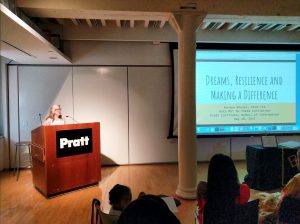Article updated on the event’s 50th Anniversary with images from Woodstock then and in 2011 when this piece was first published.
August 30, 2011
This past weekend, while Irene was threatening the East Coast, my husband and I were in the Catskills for visiting day at our daughters’ summer camp. We decided to extend our stay through Monday to avoid the surge and inevitable traffic delays following the storm’s projected landfall in New York City on Sunday.
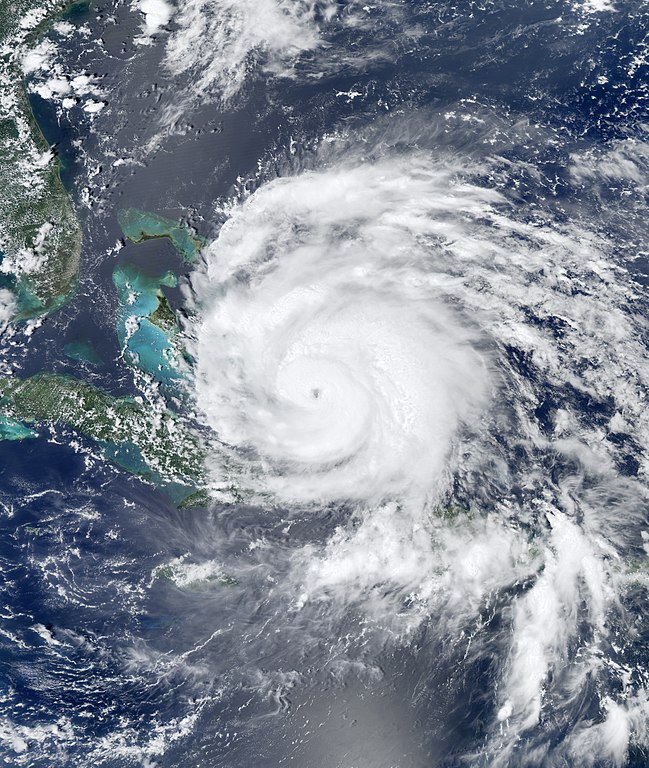
Rather than avoid trouble, we found ourselves in the middle of it, as the Catskills experienced some of the worst storm-surge damage in the country: downed trees, road blocks, raging forest streams. If fact, a large white pine at the inn where we were staying fell inches from our unit’s porch, bringing several smaller trees down with it.
When it was safe to venture out, a trip to the Bethel Woods Museum at Bethel Woods Performing Arts Center, site of the 1969 Woodstock festival, interestingly, provided some perspective on disaster planning in the area.
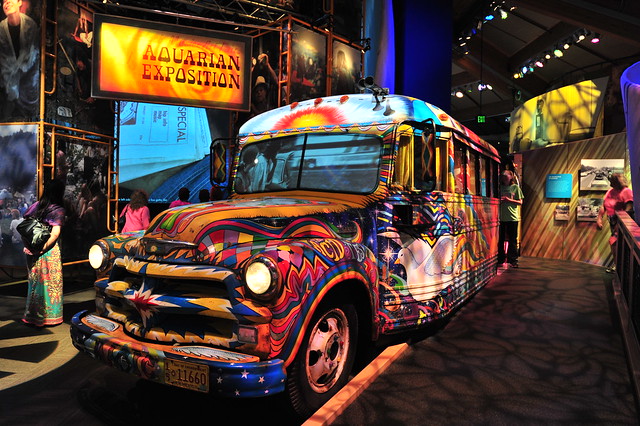
The Woodstock Music & Art Fair was held from August 15-18, 1969 at Max Yasgur‘s dairy farm in the hamlet of White Lake, Town of Bethel, Sullivan County, NY. We passed Yasgur’s farm several times while exploring the area’s restaurants and outdoor recreation facilities.
The area is marked by rolling pastures and clear lakes reflecting big white clouds in deep blue skies. Aside from a very visible lawn signs either declaring “No Fracking!” or “Friends of Natural Gas,” it seems little has changed in forty some years.
Museum artifacts on the planning of the Woodstock festival showcased the local debate regarding the chosen site of the concert. With over 200,000 tickets pre-sold, planning for traffic and security was a huge concern, as was local opinion on exactly what the festival was to be.
The festival organizers had mere days to move from Wallkill, NY where local opposition succeeded in preventing it from being held there to White Lake, where the Bethel Town Supervisor approved the plan despite some local protest. Newspaper articles and advertisements documented the debate.
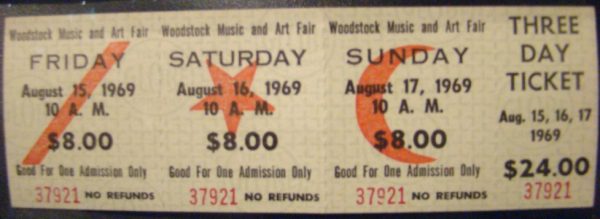
Also on view were documents from the local Sheriff’s department outlining traffic and security plans and telegrams to other county departments requesting additional coverage. Handwritten notes and official telegrams from Allegheny County and other Sheriff departments indicated a shortage of officers. All stated that they could not spare any men.
Traffic was beginning to get backed up days before the concert started so that it became impossible to get close to the festival site. People were leaving their cars on the highway and walking the rest of the way to the concert. Performers were flown in and out again by helicopter.
An estimated 400,000 people were in attendance at the concert’s peak.
Then there came the rain. Though not hurricane force, the rains that fell on the Woodstock festival and in the week leading into it created saturated conditions, muddy roads and an already difficult traffic situation.
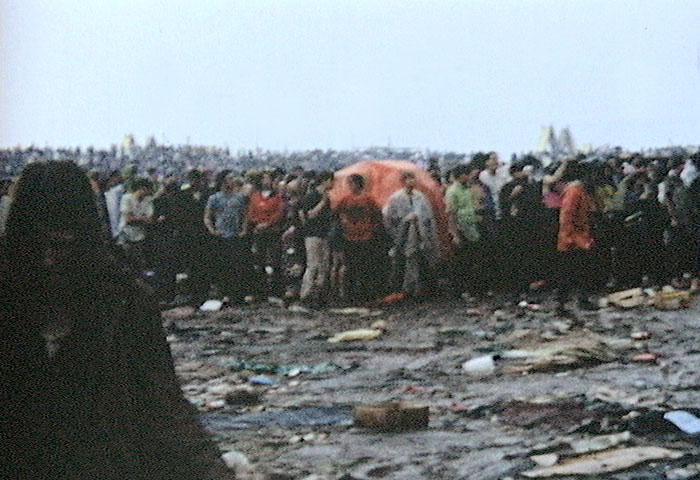
Officials had called in 150 state troopers, and deputies from adjacent counties ultimately did pitch in to direct traffic away from the area. The Evening News of Newburgh, NY reported that by the last day of the festival, mainly due to a lack of food and unsanitary conditions, the crowd had dispersed to only 10,000 and no traffic jams were reported.
This weekend’s storm called for similar measures, but on a much smaller scale. As we left the area, we noted state troopers and national guardsmen directing traffic near the interchanges of Route 17, I-87 and Route 6. Southbound traffic on I-87 was closed above the Tappan Zee Bridge and it was an hour drive between Route 17 and our usual favorite route, the Palisades Parkway.
At the Route 6 traffic circle near Bear Mountain, the Sloatsburg exit was entirely washed away.
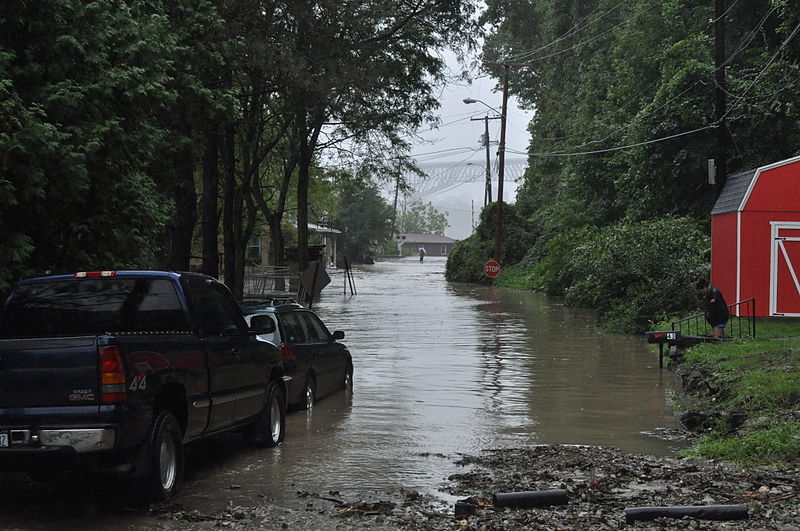
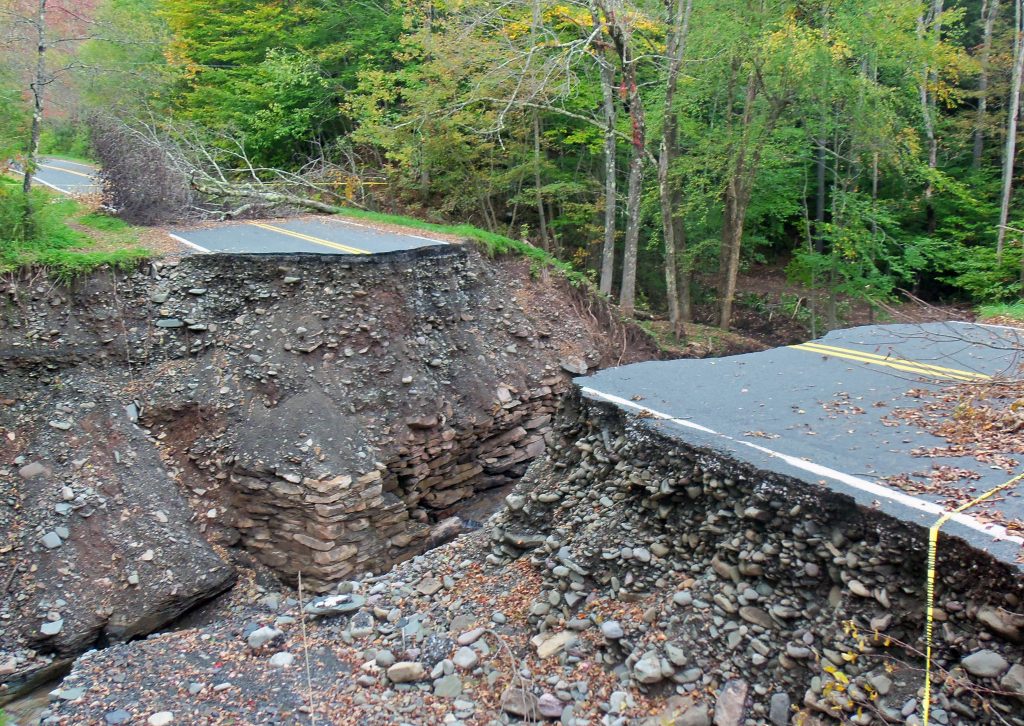
Could the traffic situation have been prevented? In 1969, the Sullivan County Sheriff’s Department was working with an estimate of 50,000 concertgoers, a figure provided by the promoters that was 150,000 short of pre-sales figures.
From what I’ve seen from this weekend’s rains, emergency services would already have been taxed from heavy rains and flooding in the region. Had they known that attendance would approach half a million people, it is likely that the concert would have been called off. That said, I doubt it would have stopped the hundreds of thousands of people from coming.

